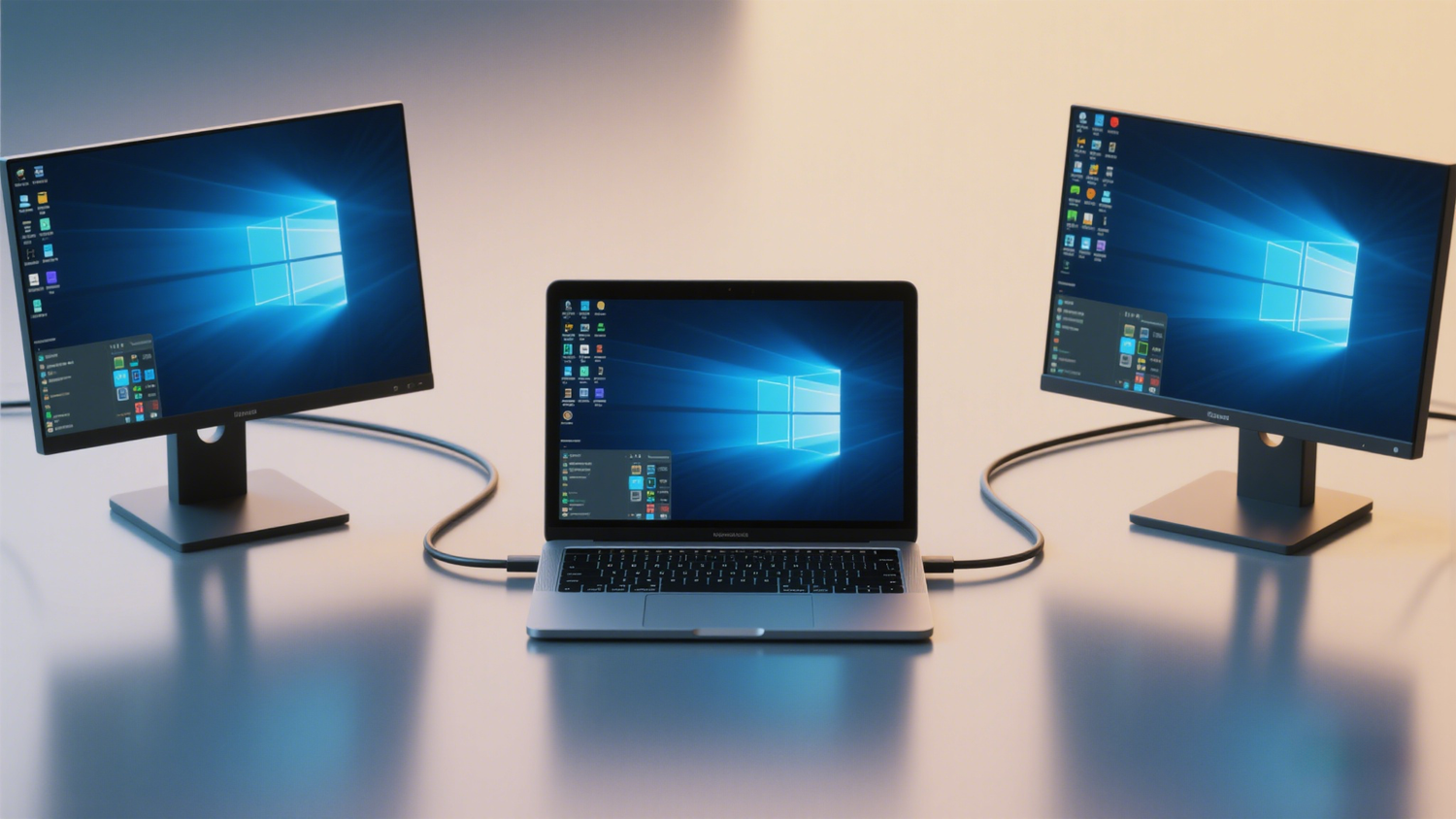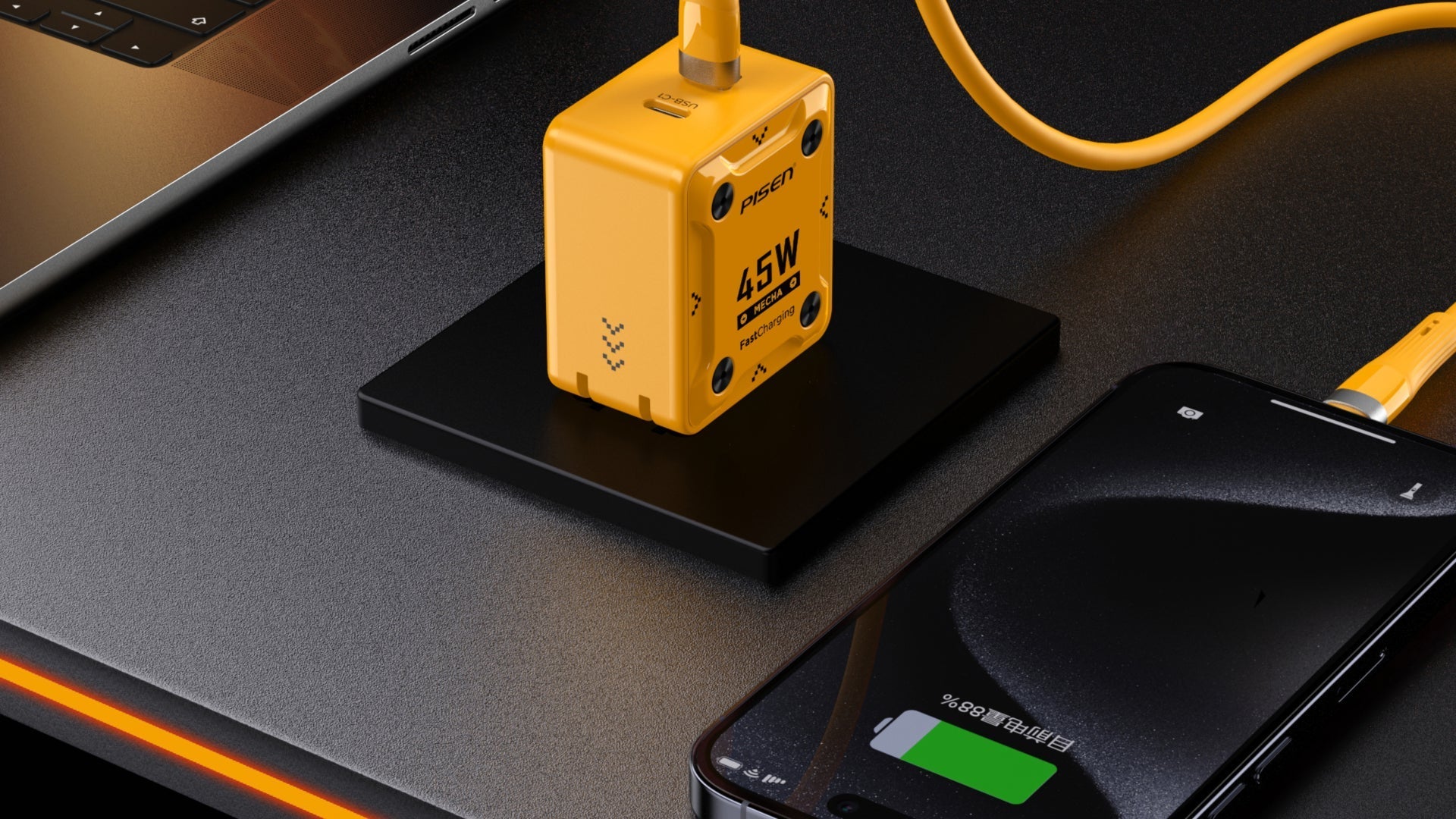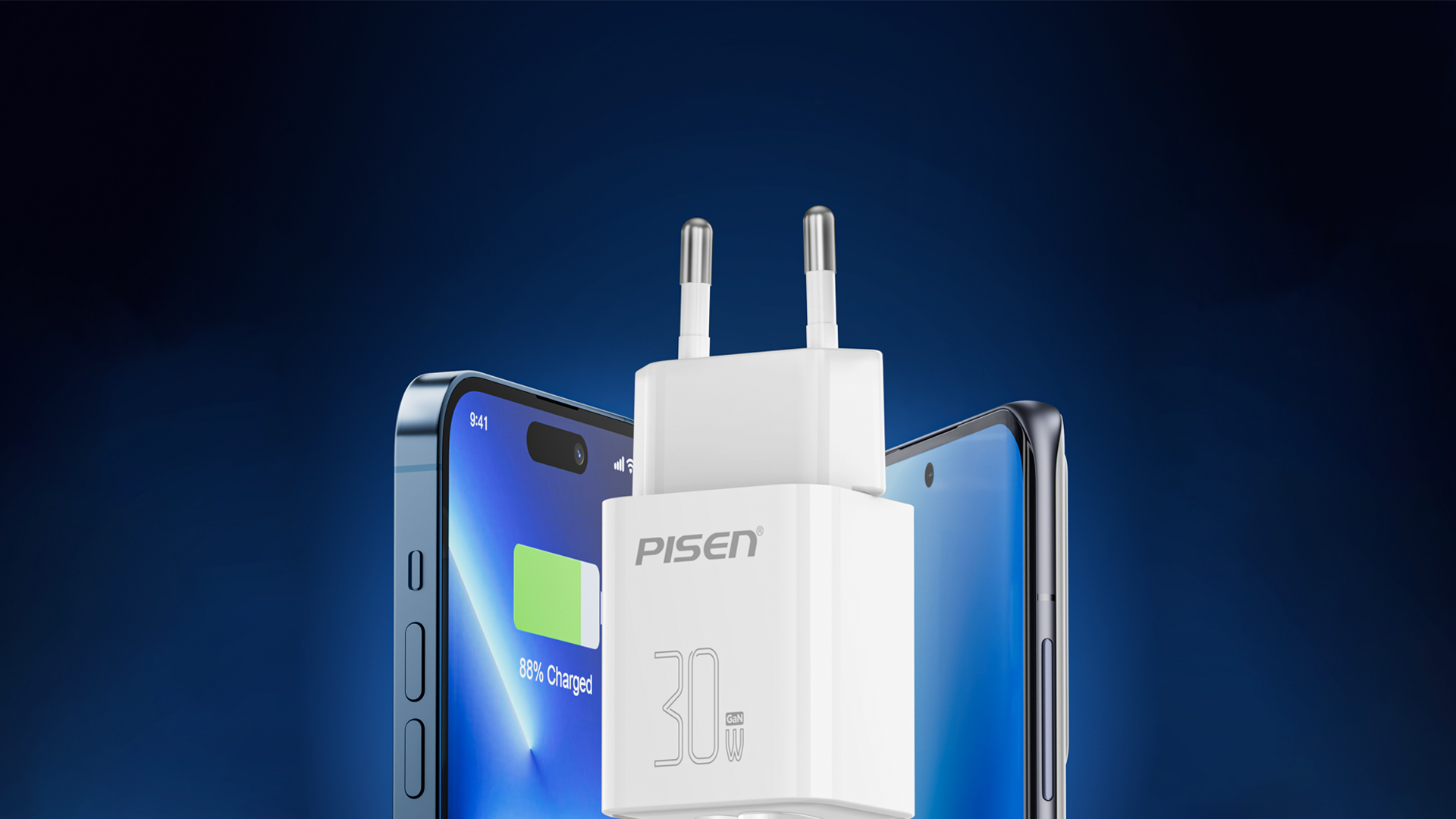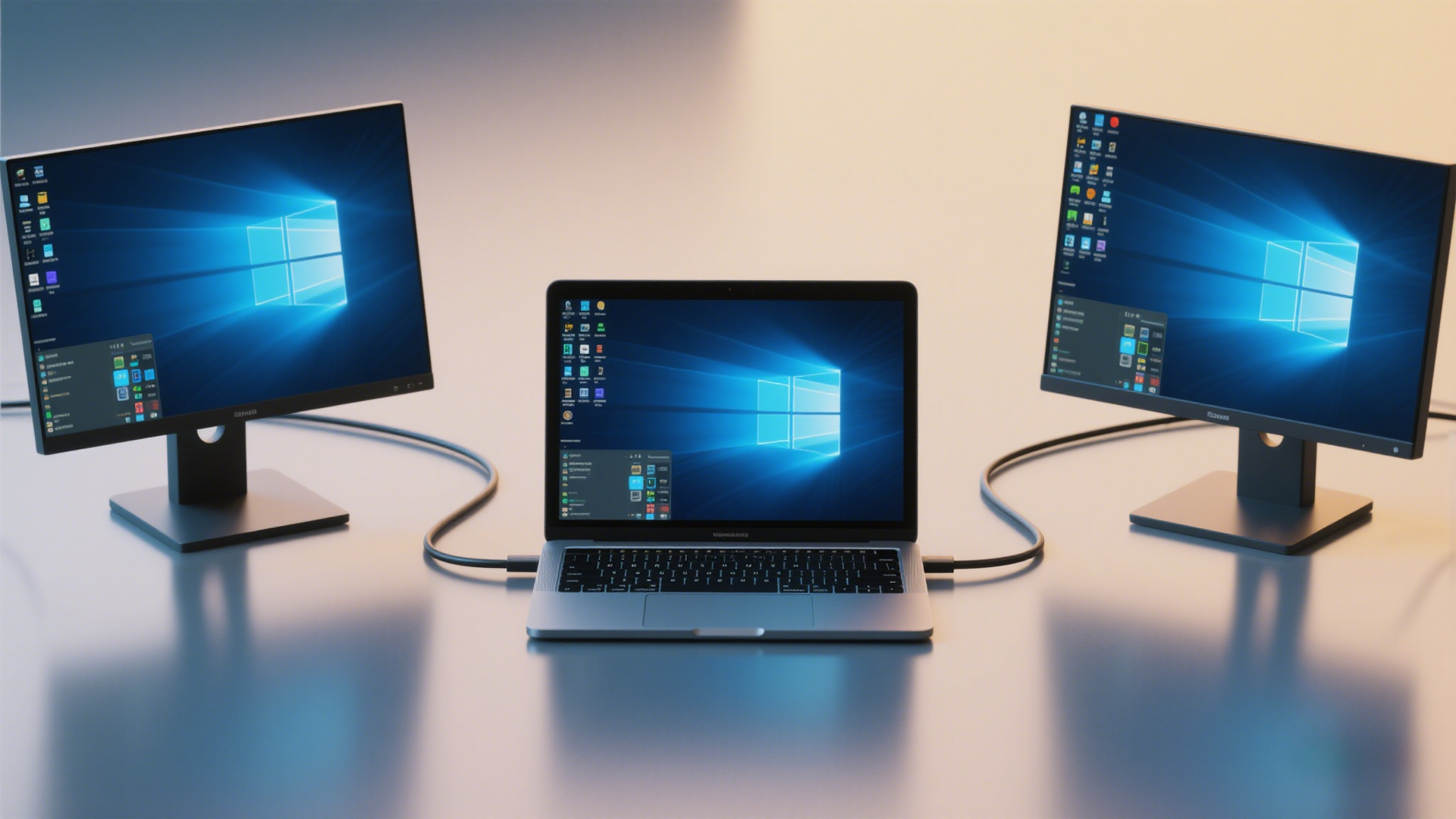Introduction
In the realm of high-performance computing, the choice of display cable is pivotal. The cable's bandwidth directly influences the achievable refresh rates and resolutions, impacting everything from gaming fluidity to professional visual work. This guide provides an in-depth analysis of various PC cables, detailing their specifications and optimal use cases to aid in selecting the appropriate cable for your setup.
HDMI (High-Definition Multimedia Interface)
HDMI is a ubiquitous interface for transmitting both audio and video signals. Its versions have evolved to support higher bandwidths, accommodating increased resolutions and refresh rates.
HDMI Versions and Capabilities
| HDMI Version | Maximum Resolution & Refresh Rate | Notes |
|---|---|---|
| 1.4 | 1080p @ 144Hz, 1440p @ 75Hz, 4K @ 30Hz | Limited bandwidth; may cap at 60–120Hz depending on device firmware. |
| 2.0 | 1080p @ 240Hz, 1440p @ 144Hz, 4K @ 60Hz | Widely supported; suitable for high-refresh 1080p/1440p setups. |
| 2.1 | 4K @ 144Hz, 8K @ 60Hz | Supports VRR, ALLM, DSC; bandwidth varies between 40–48Gbps depending on FRL level. |
Note: Actual performance may vary based on device compatibility and cable quality.
DisplayPort
DisplayPort is favored for high-performance displays due to its superior bandwidth and support for advanced features.
DisplayPort Versions and Capabilities
| DisplayPort Version | Maximum Resolution & Refresh Rate | Notes |
|---|---|---|
| 1.2 | 1080p @ 240Hz, 1440p @ 165Hz, 4K @ 75Hz | Common in older setups; sufficient for high-refresh 1080p gaming. |
| 1.3 / 1.4 | 1440p @ 240Hz, 4K @ 120Hz, 5K @ 60Hz, 8K @ 30Hz | 1.4 adds DSC, enabling 4K @ 144Hz, 5K @ 120Hz, or 8K @ 60Hz with visually lossless compression. |
| 2.0 / 2.1 | 4K @ 240Hz, 8K @ 120Hz, 10K @ 60Hz, 16K @ 60Hz (with DSC) | Massive bandwidth increase; ideal for cutting-edge displays. |
Note: Mini DisplayPort offers similar capabilities to its full-size counterpart.
DVI (Digital Visual Interface)
DVI is an older digital interface, still present in some legacy systems.
DVI Types and Capabilities
| DVI Type | Maximum Resolution & Refresh Rate | Notes |
|---|---|---|
| Single-Link DVI | 1920×1200 @ 60Hz | Limited bandwidth; not suitable for high-refresh applications. |
| Dual-Link DVI-D | 1080p @ 144Hz, 1440p @ 75Hz | More capable; supports higher refresh rates at lower resolutions. |
Note: DVI does not support audio transmission.
VGA (Video Graphics Array)
VGA is an analog interface, largely obsolete in modern computing.
VGA Capabilities
| Maximum Resolution | Maximum Refresh Rate | Notes |
|---|---|---|
| 1920×1200 | 75Hz | Analog signal prone to degradation; not recommended for high-resolution or high-refresh applications. |
Note: VGA is not supported on most modern GPUs or monitors.
USB-C and Thunderbolt
USB-C, especially with DisplayPort Alt Mode or Thunderbolt support, is increasingly used for display output.
USB-C / Thunderbolt Capabilities
| Standard | Maximum Resolution & Refresh Rate | Notes |
|---|---|---|
| USB-C w/ DP Alt Mode | 4K @ 144Hz, 10K @ 60Hz | Depends on version and device support. |
| Thunderbolt 3 / 4 | Dual 4K @ 60Hz, Single 8K @ 30Hz | High bandwidth; suitable for professional setups. |
| Thunderbolt 5 | Dual 8K @ 60Hz, Triple 4K @ 144Hz | Supports up to 80Gbps bi-directionally; ideal for advanced displays. |
Note: Ensure device compatibility with desired standards.
Factors Influencing Cable Performance
Several factors can affect the performance of display cables:
- Cable Version and Bandwidth: Ensure the cable supports the required version to handle desired resolutions and refresh rates
- Cable Quality and Build: High-quality materials and shielding reduce signal degradation and interference.
- Cable Length: Longer cables can lead to signal loss; use active or high-quality cables for extended lengths.
- Device Compatibility: Both the source (GPU) and display must support the desired specifications.
- Adapters and Converters: Using adapters can introduce limitations; prefer direct connections when possible.
Selecting the Appropriate Cable
When choosing a display cable, consider the following:
- Resolution and Refresh Rate Requirements: Match the cable's capabilities with your desired display settings.
- Device Ports: Ensure compatibility between your devices' output and input ports.
- Future-Proofing: Opt for cables that exceed current requirements to accommodate future upgrades.
- Cable Length: Select appropriate lengths to minimize signal degradation.
Conclusion
The choice of display cable significantly impacts the performance and quality of your visual experience. By understanding the capabilities and limitations of each cable type, you can make informed decisions to optimize your setup for gaming, professional work, or general use.














ทิ้งข้อความไว้
ความคิดเห็นทั้งหมดจะถูกกลั่นกรองก่อนที่จะเผยแพร่
เว็บไซต์นี้ได้รับการคุ้มครองโดย hCaptcha และมีการนำนโยบายความเป็นส่วนตัวของ hCaptcha และข้อกำหนดในการใช้บริการมาใช้